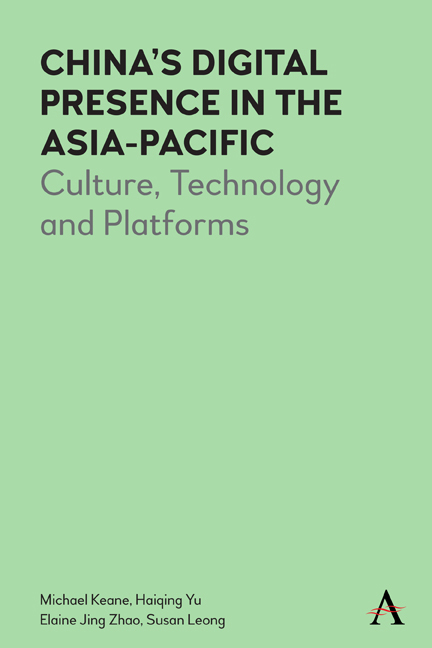8 - Oceania: Australia and New Zealand
Published online by Cambridge University Press: 20 January 2022
Summary
Australia and New Zealand are predominantly English-speaking Western countries with a historic connection to the United Kingdom and many parts of Europe. While both nations are examples of successful experiments with the modern ideal of a multicultural society, both have experienced tensions around migration. Both Australia and New Zealand are home to many native Chinese speakers; historically most spoke the Cantonese dialect but that has changed in the past two decades with more Mandarin-speaking Chinese taking up residence.
But perhaps the greater change is in attitudes towards assimilation. Rather than being naturalized (willingly or not), as once was the case, Chinese migrants can remain culturally connected to the PRC via digital platforms. In recent years the number of digital platforms linking families, friends and businesses has multiplied substantially, from the earlier instant messaging platforms QQ and WeChat to the latest short video platforms such as Bilibili and Douyin (or its international version TikTok outside the PRC). With ubiquitous connectivity, keeping in touch with familiar cultural practices poses few problems; in fact, many persons from China inhabit ‘cultural filter bubbles’. Home country news services including CCTV, The Global Times, Xinhua News and Toutiao provide alternative commentaries to the media institutions of their host countries. The social media app WeChat in particular carries links to many of these services. Parallel universes have thus formed among Chinese migrant communities, sometimes between migrant communities and the mainstream Anglosphere population.
With this in mind the challenge is to understand how Chinese media fares in the antipodes and to gauge changing perceptions of China. The chapter begins with some background to the history of Chinese settlement in Australia and New Zealand as well as noting the political repercussions of ‘Chinese influence’, a term that is mostly negatively charged. Because of the large numbers of PRC arrivals over the past two decades, the dynamics of Chinese-language media in Australia and New Zealand have changed. In short, simplified characters and Mandarin-language media have increased their presence.
- Type
- Chapter
- Information
- China’s Digital Presence in the Asia-PacificCulture, Technology and Platforms, pp. 135 - 154Publisher: Anthem PressPrint publication year: 2020



